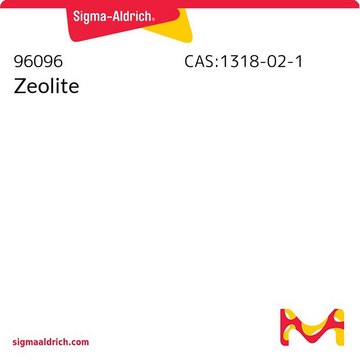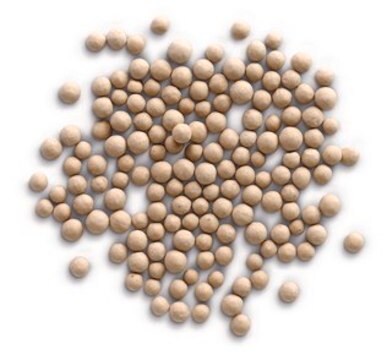おすすめの製品
詳細
アプリケーション
- Medical Devices: Due to its biocompatibility, it is widely used in medical applications, such as in joint replacement implants, dental implants, and surgical instruments (Britannica).
- Corrosion Resistance: Its resistance to corrosion by both water and chemical media leads to its use in chemical processing industries for equipment like heat exchangers and reactors (Royal Society of Chemistry).
数量
保管分類コード
11 - Combustible Solids
WGK
nwg
引火点(°F)
Not applicable
引火点(℃)
Not applicable
個人用保護具 (PPE)
Eyeshields, Gloves, type N95 (US)
適用法令
試験研究用途を考慮した関連法令を主に挙げております。化学物質以外については、一部の情報のみ提供しています。 製品を安全かつ合法的に使用することは、使用者の義務です。最新情報により修正される場合があります。WEBの反映には時間を要することがあるため、適宜SDSをご参照ください。
労働安全衛生法名称等を表示すべき危険物及び有害物
名称等を表示すべき危険物及び有害物
労働安全衛生法名称等を通知すべき危険物及び有害物
名称等を通知すべき危険物及び有害物
Jan Code
348848-VAR:
348848-280MG:
348848-280MG-PW:
348848-1.1G:
348848-BULK:
348848-1.1G-PW:
この製品を見ている人はこちらもチェック
資料
Biomedical implants are essentially foreign substances within the human body that must survive many years’ exposure to demanding mechanical and physiological conditions. Despite these challenges, metal implants have been widely used to substitute for or rebuild hard tissues such as bones and teeth.
Biomedical implants are essentially foreign substances within the human body that must survive many years’ exposure to demanding mechanical and physiological conditions. Despite these challenges, metal implants have been widely used to substitute for or rebuild hard tissues such as bones and teeth.
ライフサイエンス、有機合成、材料科学、クロマトグラフィー、分析など、あらゆる分野の研究に経験のあるメンバーがおります。.
製品に関するお問い合わせはこちら(テクニカルサービス)


